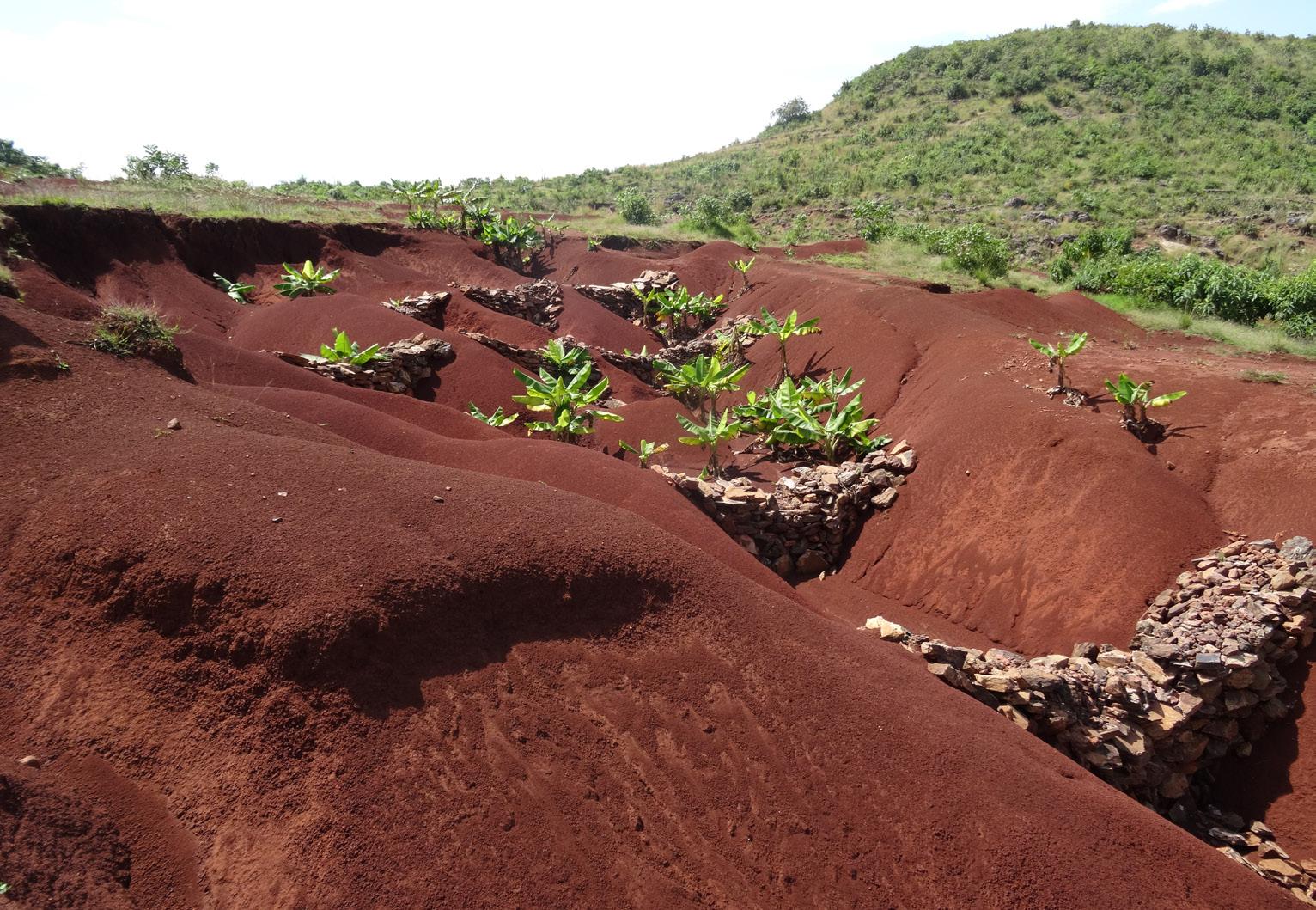
3 minute read
Exercise 3: Prioritization of hazards
Participants summarize the knowledge gained in the map and calendar exercises, draw conclusions and identify the hazards most relevant for their community. The objectives of this exercise are to:
Create a common understanding of the main hazards affecting the community
Highlight changes and trends in hazards and determine possible explanations
Create a common understanding of the differences in who is most affected
Facilitation
Facilitators make sure the hazard maps and seasonal calendars produced in the previous exercises are visible to all participants, who meet in one group. Facilitators provide a large sheets of paper and pencils or markers and materials for ranking hazards – sticky paper dots, stones, nuts or whatever works best for the participants.
Facilitators help participants summarize the findings of Exercises 1 and 2 by asking the following questions:
Which hazards relate to difficult moments for the community?
What changes and trends related to hazards and vulnerable periods are apparent, and what are possible explanations?
Who is most affected? By which hazards?
What are the most relevant or threatening hazards?
Facilitators help the participants make connections between hazards and periods of stress, identify patterns, propose and evaluate explanations for their observations and draw conclusions about what their assessment means to them.
Following this discussion, facilitators form groups of 2-3 people, and each group identifies three main hazards. As the groups report their hazards, the facilitators prepare a list on a large sheet of paper visible to all participants. Facilitators can refer to the hazard map and seasonal calendar and ask again for other hazards that have not come up in the earlier exercises and discussion.
This exercise should follow as soon after Exercise 2 as is feasible.
Subsequent modules will consider the 4–5 highest priority hazards.
Plan 20 minutes for preparation, 30 minutes for the summary of Exercises 1 and 2, and 45 minutes for prioritization.
Remember to document the main discussion points and the results. Annex III has templates that may be helpful. Facilitators can lead participants into the prioritizing of hazards by starting a discussion of the frequency and magnitude of each hazard:
How often does the hazard occur?
How severely are we affected by the hazard?
To rank the hazards, each participant applies three votes in form of small sticky paper dots, pebbles, nuts or other available small items. Sticky dots work with the sheet with the hazards hanging on a wall, but pebbles or nuts work with the sheet on the ground. Participants mark the hazards most relevant to them, and can vote for different hazards or just one or two. If some participants are not literate, hazards should be labelled with commonly understood symbols.
Discussion
The facilitator counts the votes for each hazard, tells the participants the results and asks for any comments.
Early stages of rehabilitation of an eroded gully, Ethiopia
Module 3: Vulnerability assessment
Analysis of vulnerable livelihood assets and resources and identification of the impacts of hazards

In Module 3, participants identify the assets and resources most important to people’s livelihoods. They then develop a matrix to determine which of the community’s livelihood assets and resources are most vulnerable to the main hazards in the community.
As in Module 2, facilitators conduct the vulnerability matrix exercise in separate groups of women and men, and if minorities are involved another separate session is also a good idea. A large part of the value of the exercises comes from the joint discussions that follow, and keeping all participants in the same venue allows for the joint session to follow the separate session without delay. The separate sessions may create logistical problems, and concurrent sessions, each with its own facilitator, may be an alternative way to handle the situation.









